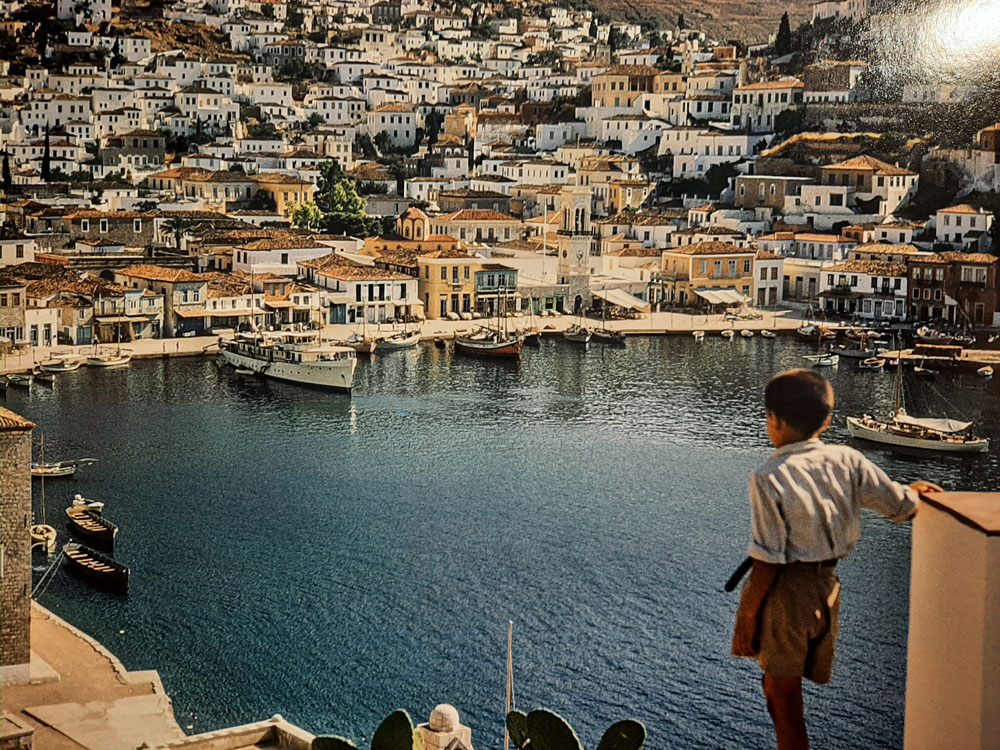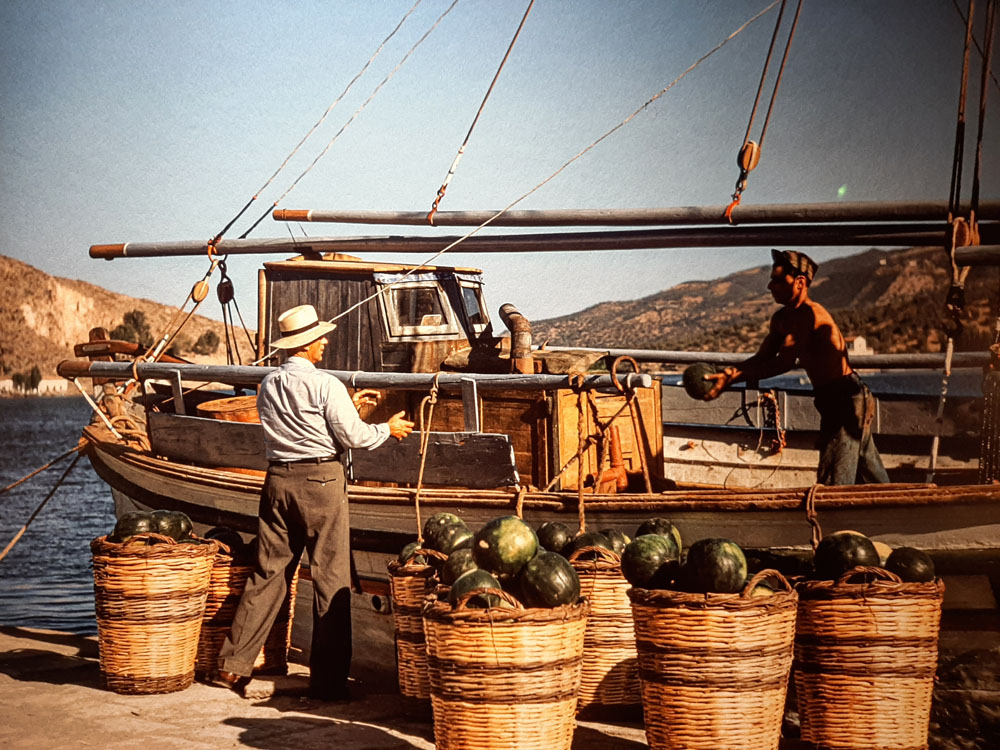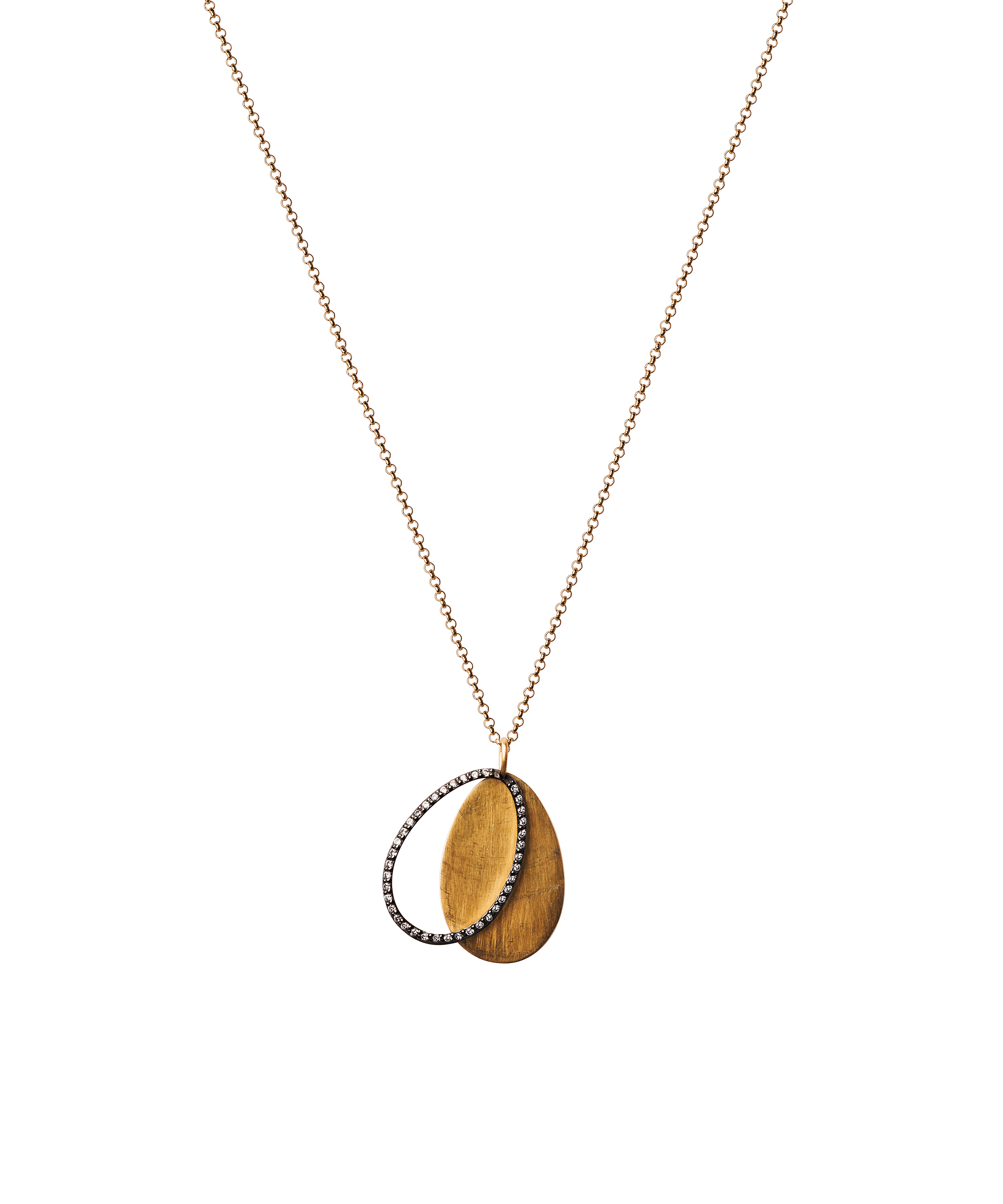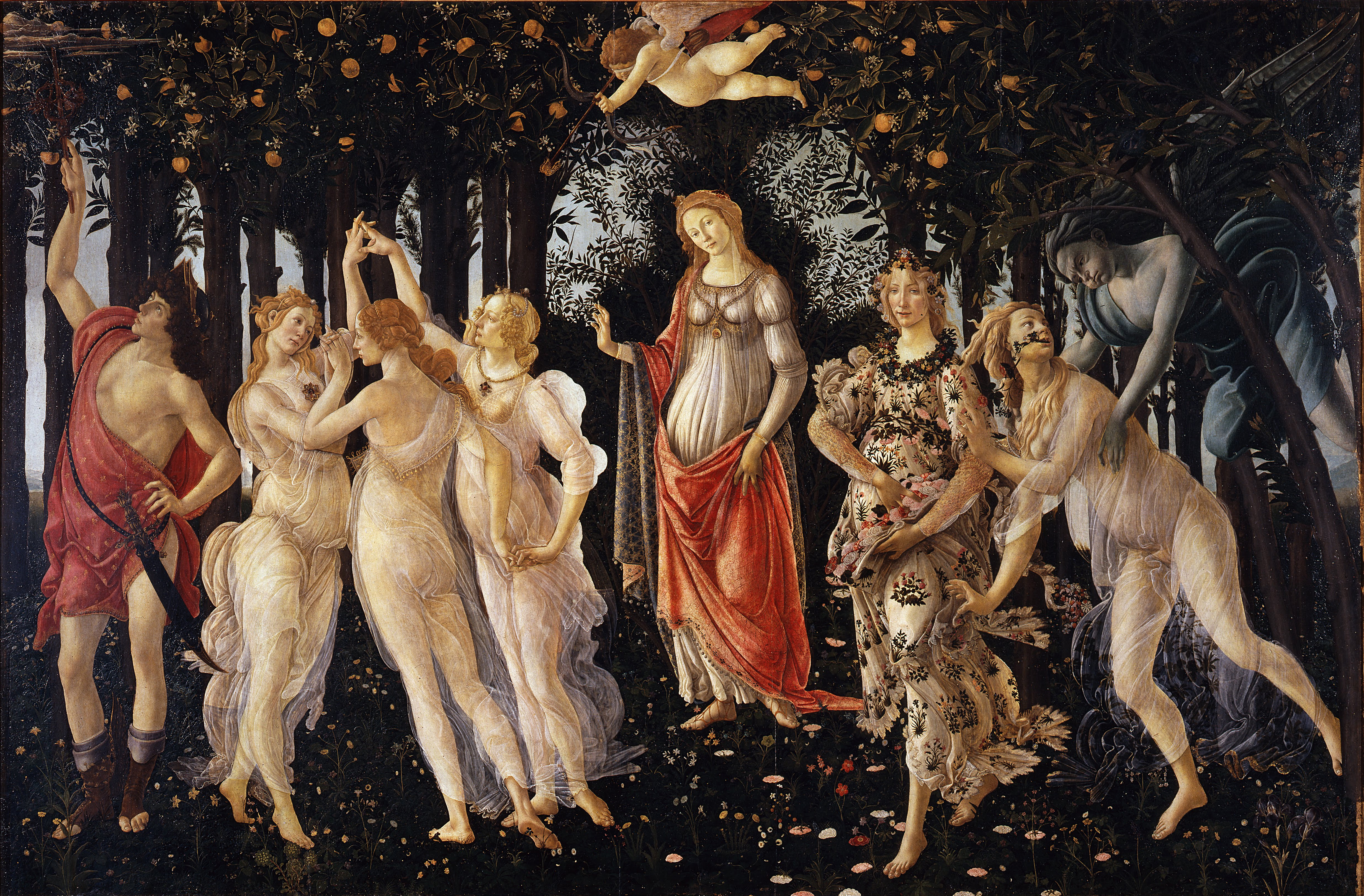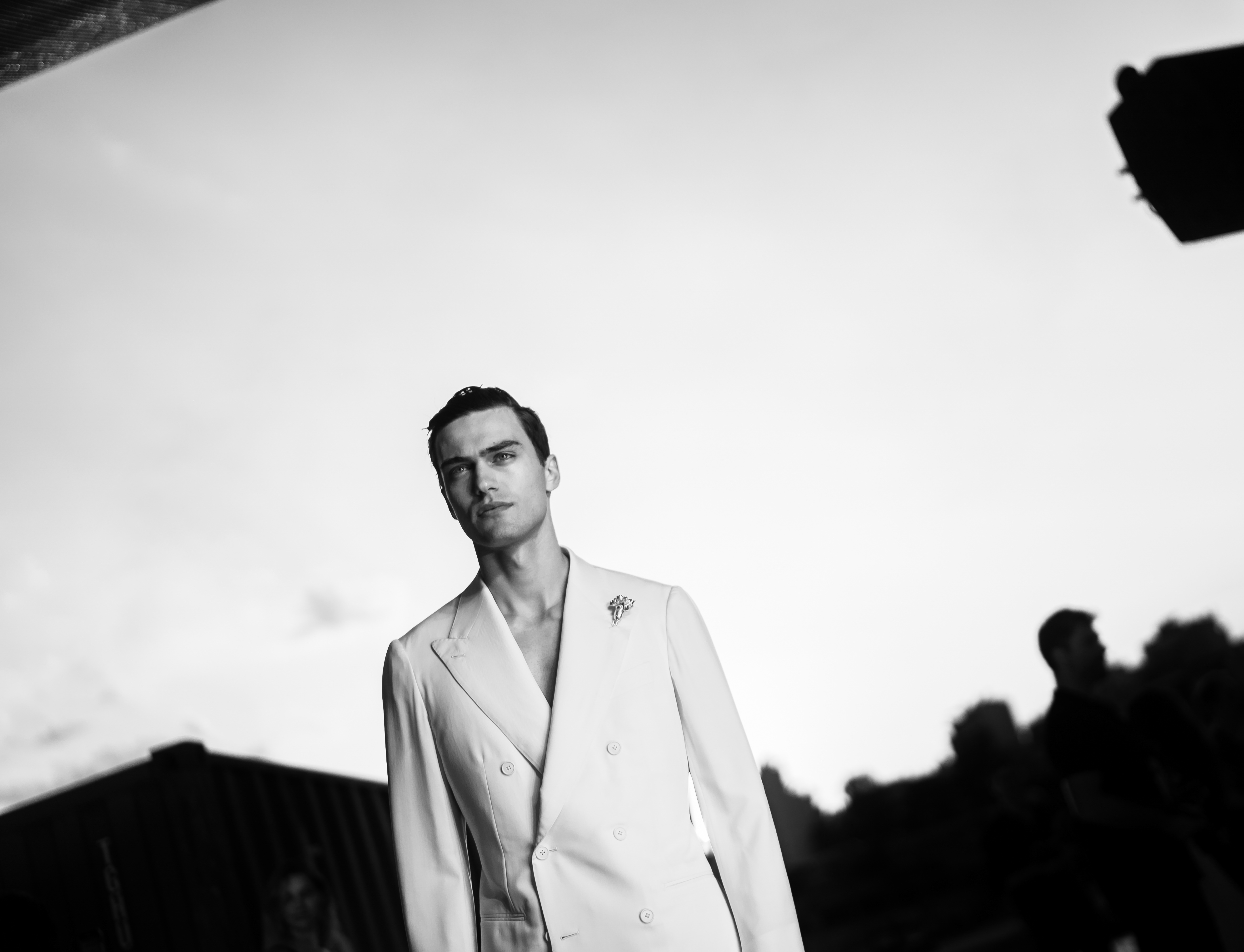A longing for a place unspoiled and authentic
Robert McCabe captures Hydra during 1950s-1960s, illustrating life on the island in a moment suspended in time, between two distinct phases. The traditional, austere island society and its subsequent transformation into a developed cosmopolitan centre and tourist destination.
It has only been a few decades, since Hydra, along with the rest of Greece, could barely survive. Its magnificent mansions were gradually emptied since their maintenance became impossible. At that time, everyday life flowed without electricity, provisions, roads, telephones, running water and ferries. Neglect and poverty were evident. The town emitted a sense of lost glamour. The 1950s will change all that.
Exhibition duration: 20/6 – 31/10/2022 | Lazaros Kountouriotis Mansion
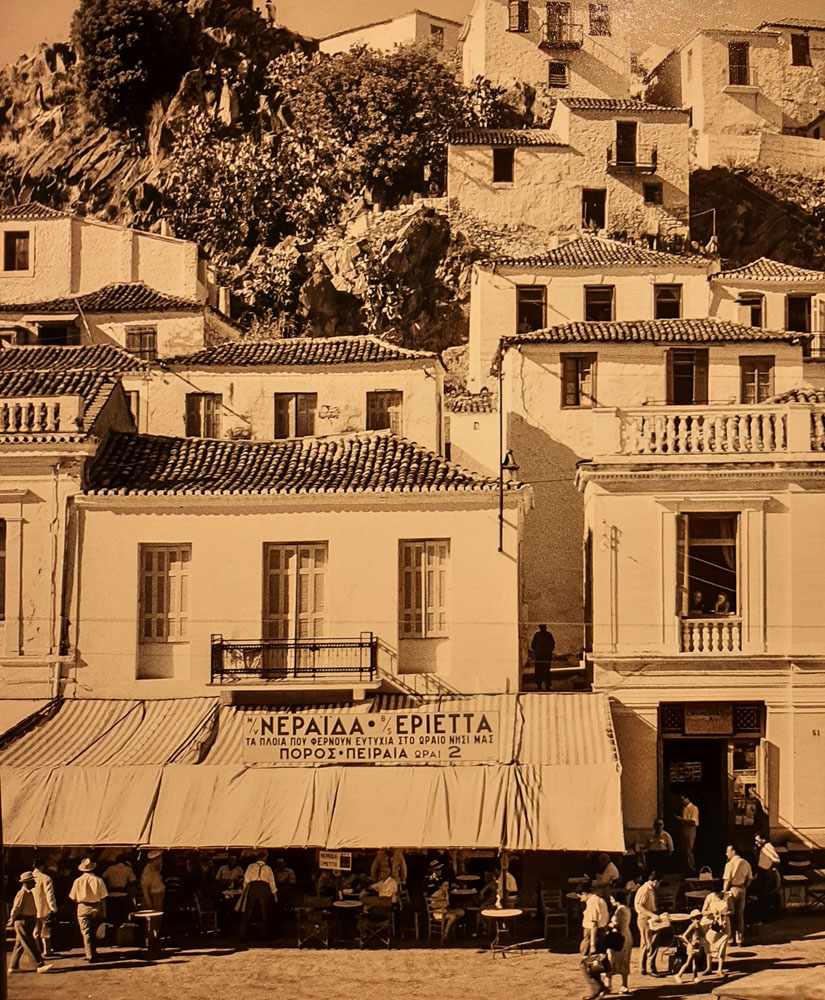
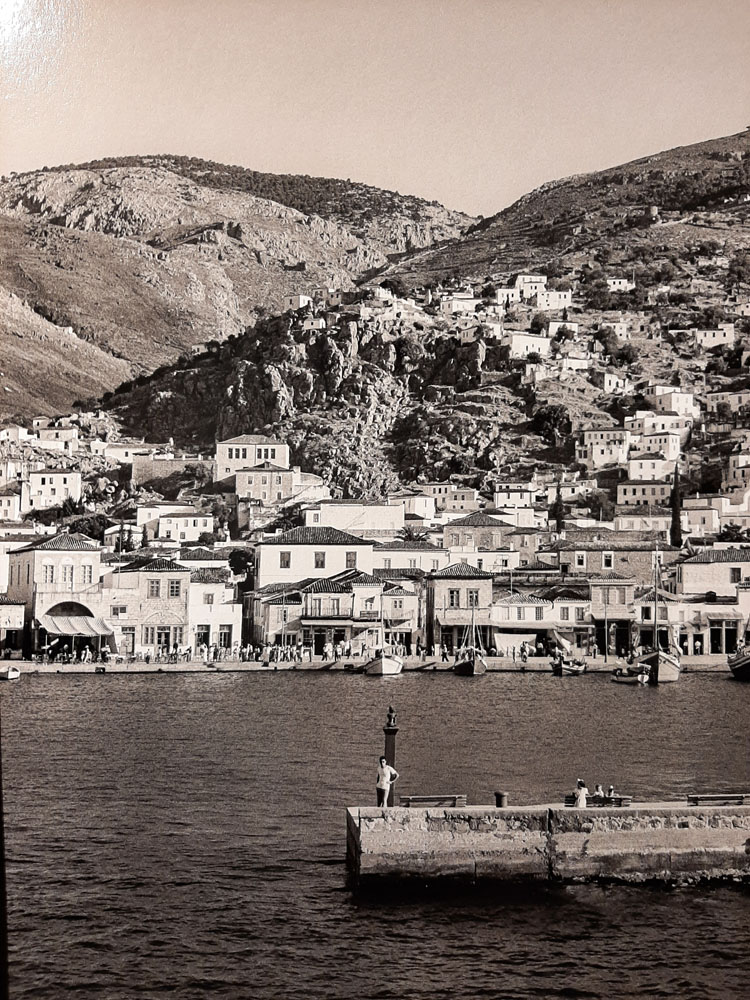
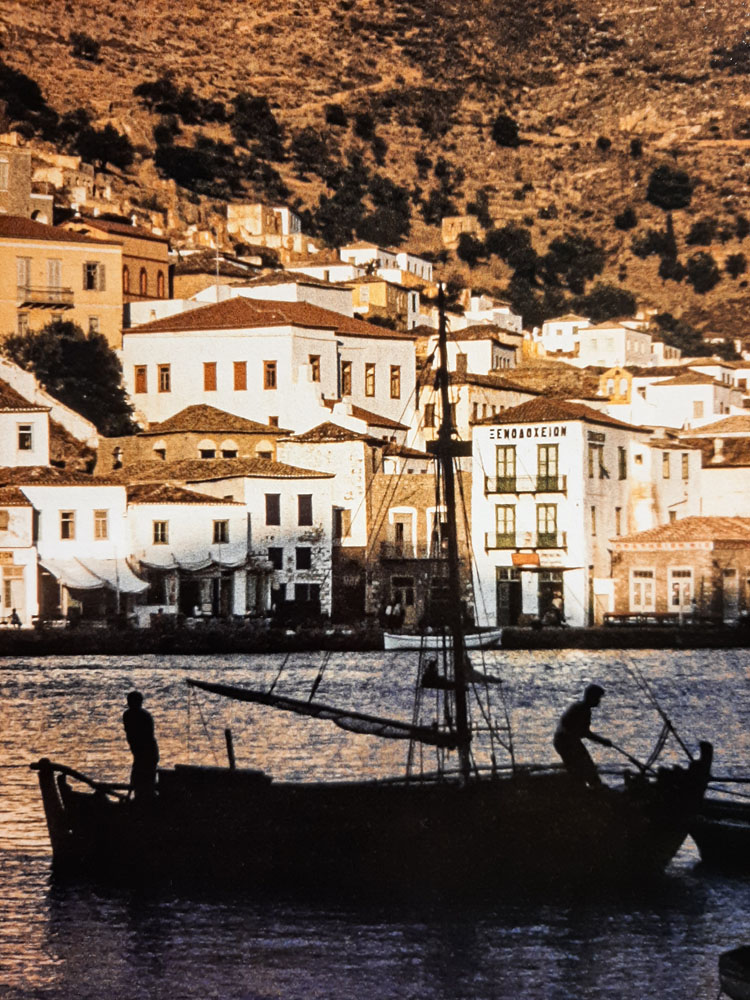
Hydra becomes famous all over the world thanks to the film “Boy on a Dolphin,” shot on the island in 1957 with Sophia Loren leading the starring role. Among the most notable films shot on Hydra is the groundbreaking "Girl in Black" of Michael Cacoyannis with Ellie Lambeti and Dimitris Horn, which shows the oppression of women in the country and received rave reviews in European festivals and the great Jules Dassin's film "Phaedra" with Melina Merkouri, Anthony Perkins and Ralph Vallone. Gradually, the island would attract artists, intellectuals, writers, and film directors. The Australian George Johnston, the Swede Axel Jensen and the Canadian Leonard Cohen buy houses there and lay the foundations of a peculiar, charming community that still exists today. The island would become a tourist destination for people all over the world.
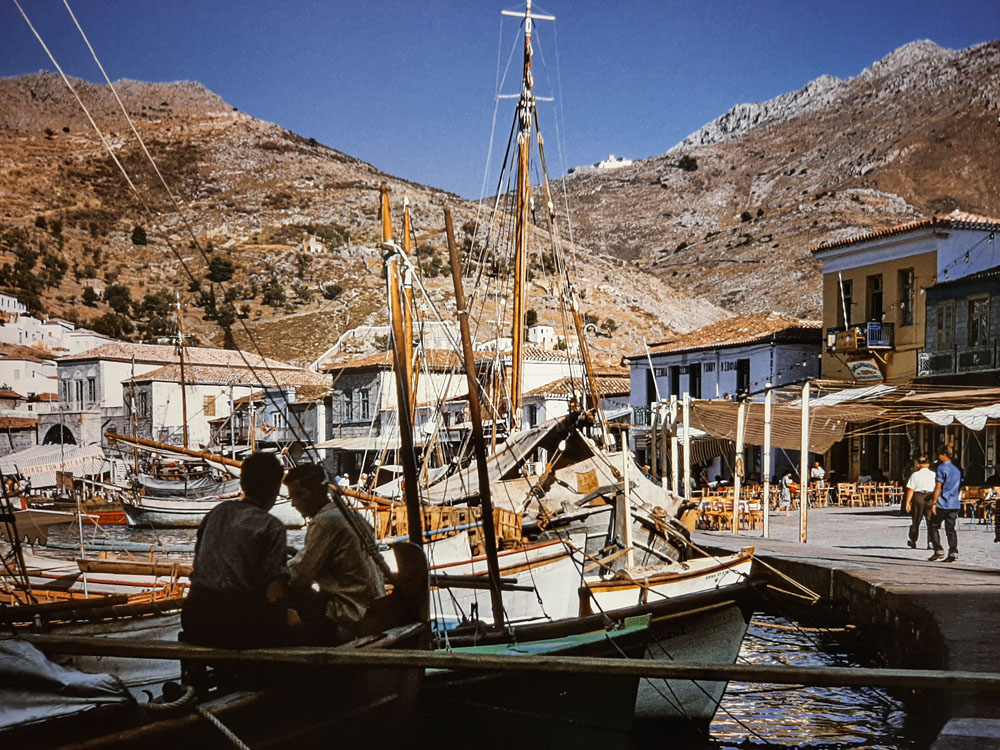
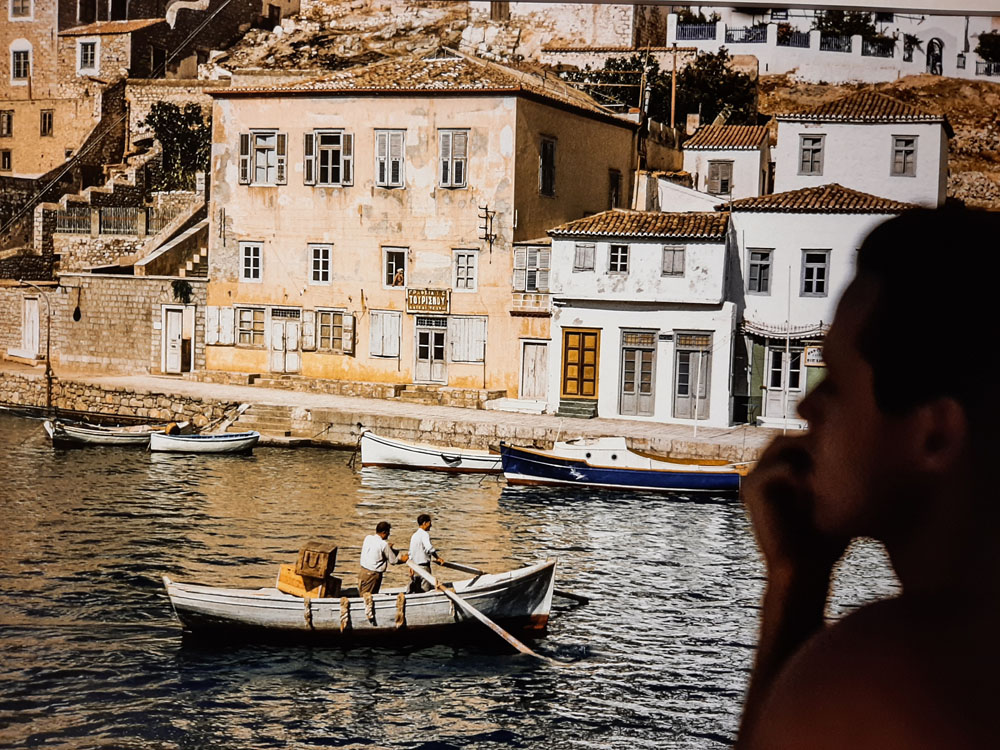

When Robert McCabe, an American student at the time, arrives in Hydra for the first time in 1954, the changes in the island's society are just beginning to appear. In his photographs, the characteristic beauties of Hydra are immediately recognizable: The bell tower of the Monastery of Panagia, the bust of Admiral Pavlos Koundouriotis, the breakwater with the boats, the stone pens.
The more one observes the photographs, the more one becomes aware of precious details, documents of another era: the abandoned old stone warehouses of the harbour and the aging imposing houses; the old building of the valuable Historical Archive of Hydra; the "Neraida", the ship-symbol of the era; the coffee houses at the waterfront, frequented by sailors and fishermen; the shops with the long striped awnings, which are spread out and folded like the sails of the ships; the daily activities of the tradesmen; the young children who roamed freely in the harbour; The colour film captures the tones, the sunlight as well as the shadows on the rocks, the houses, the boats, the sea, at all hours of the day.
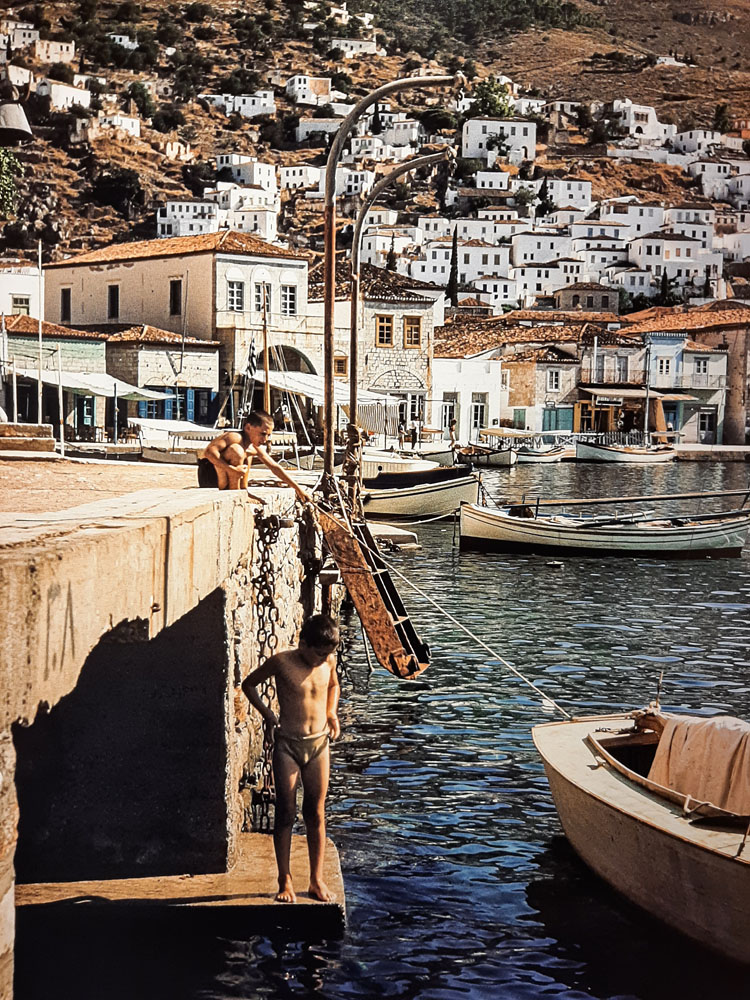
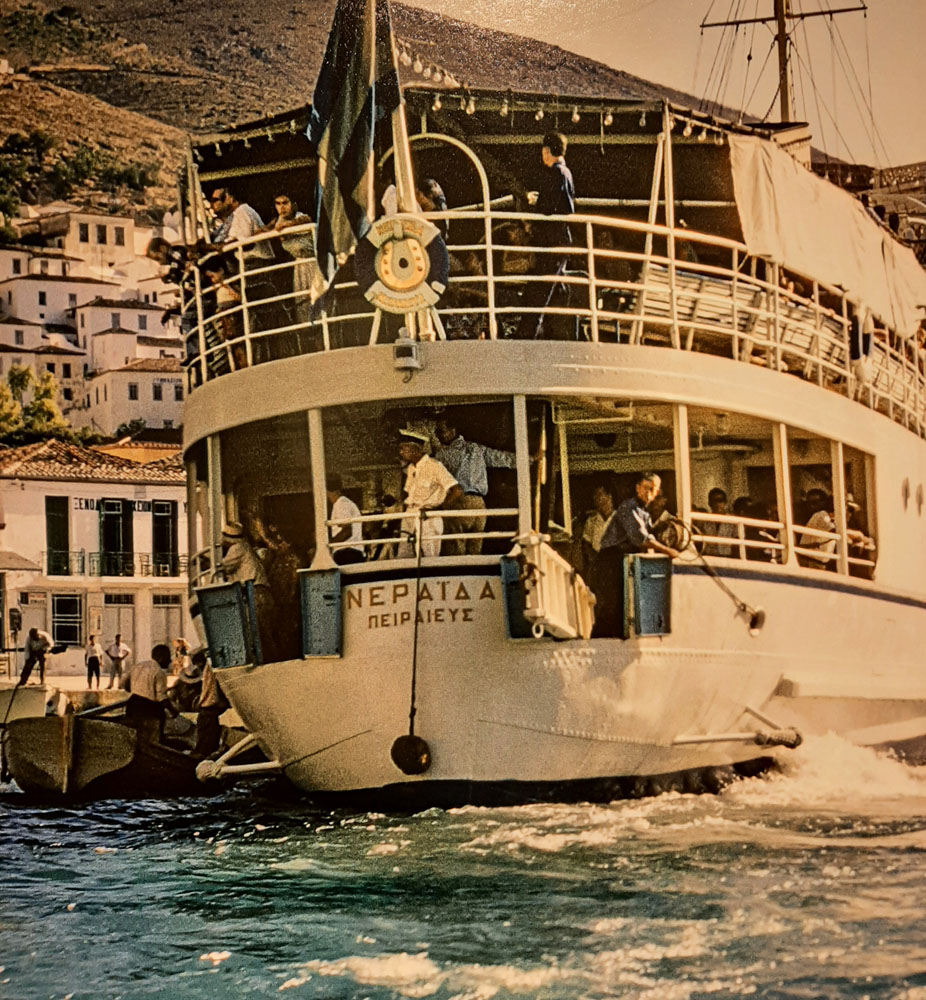
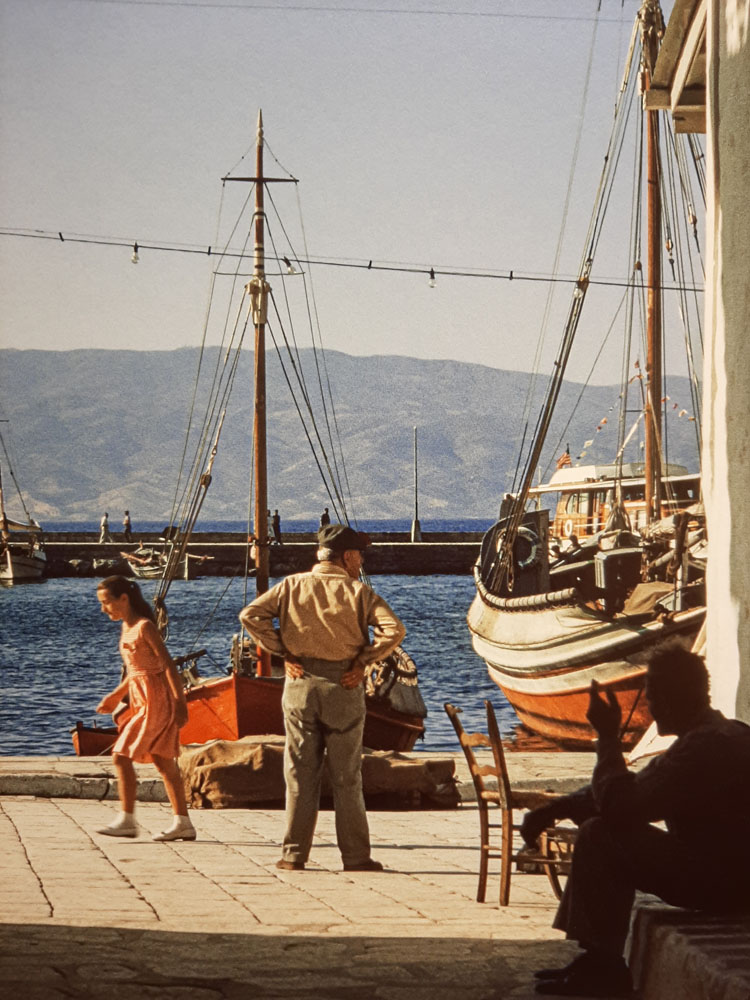
Robert McCabe was born in Chicago in 1934. His interest in photography manifested itself very early, as his father was the editor of one of New York's first illustrated newspapers. At the age of 21, something happened that changed his life: a trip to Greece. In 1955 and 1957 he returned on a National Geographic expedition and photographed the Cyclades. His photographs of the Aegean became unique documents of the islands at a time when the traditional way of life of their inhabitants had remained unchanged for centuries, while the seeds of their opening to the world and their transformation into places of recreation and relaxation, a pole of attraction for people from all over the world, had already been planted.
Source: www.nhmuseum.gr
